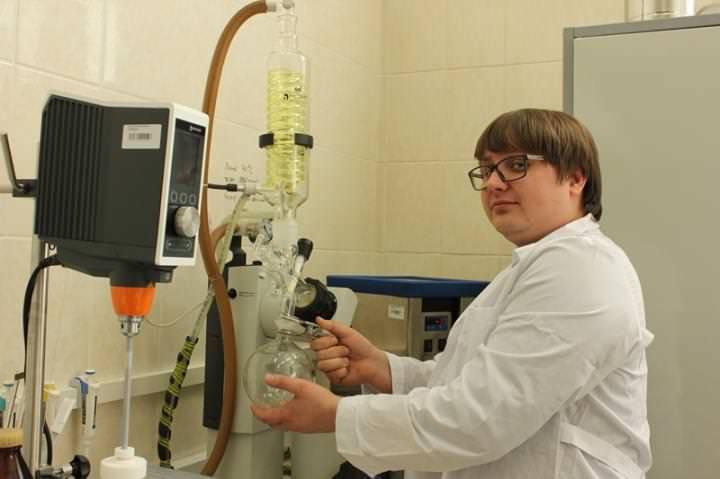SERS-Based Sensor Detects Toxins at Ultralow Concentrations
Published on by Water Network Research, Official research team of The Water Network in Academic
A chemical sensor equipped with organic chemical compounds could provide selective, reproducible detection of miniscule amounts of heavy metal ions quickly.
The sensor is based on a plasmon-polariton surface-enhanced Raman spectroscopy (SERS) platform.

Pavel Postnikov, Tomsk Polytechnic University, SERS-Based Sensor
The sensor was made from a multilayer material based on a thin gold film about 1 x 0.5 cm in size and functionalized with diethylenetriaminepentaacetic acid (DTPA). The periodical gold structure was created using an excimer laser beam treatment of the polymer surface followed by additional gold coating.
DTPA molecules were attached to the gold surface of the sensor. Grafted DTPA molecules showed high SERS response, due to the surface plasma polariton (SPP) excitation and propagation on the gold grafting.
A homogenous distribution of the plasmon intensity on the ordered plasmon structure and the high affinity of DTPA to heavy metal ions enabled efficient entrapment and selective and sensitive detection of heavy metal ions.
Efficient chelating of heavy metal ions by the DTPA molecules from solution resulted in pronounced changes in their SERS response. The shift of carbonyl Raman peak position was found to be dependent on the atomic number of heavy metal ions, enabling selective detection even in a mixture of a few metals.
The SERS platform was combined with a portable Raman spectrophotometer to create a portable SERS-based spectrophotometer relatively quickly and at minimal cost.
"We can monitor trace concentrations of substances. Thus, the sensitivity of sensors for dyes reaches 10-16 mol and for heavy metals it is about 10-14 mol,” Postnikov said.
Read more: Photonics
Media
Taxonomy
- Treatment
- Treatment Methods
- Heavy Metal Removal
- Decontamination
- Technology
- Filtration Solutions
- Nanotechnology